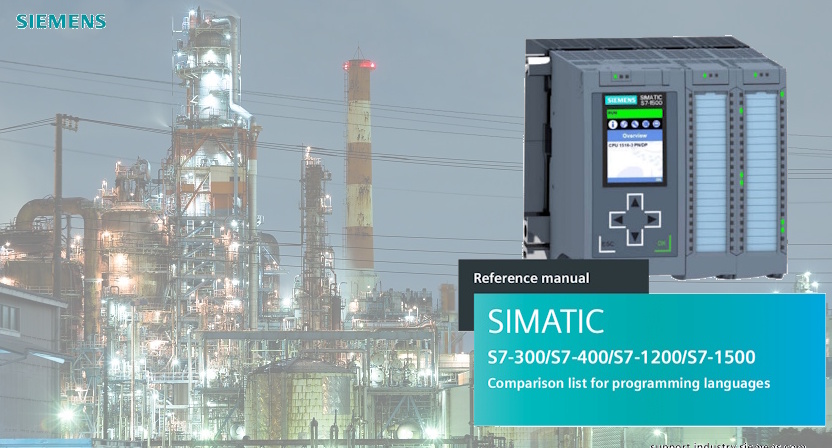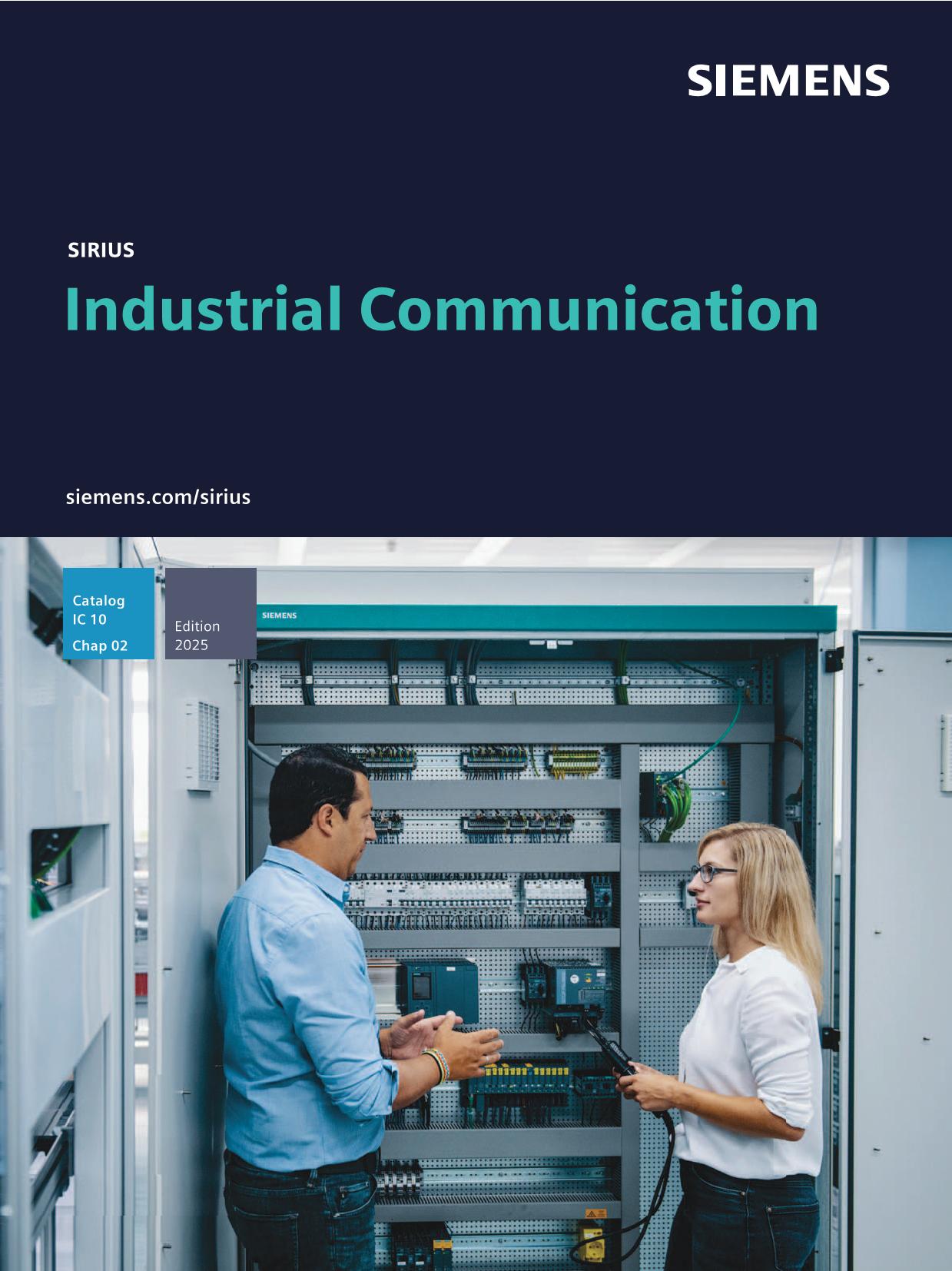IO Module
Choosing PLC IO Modules
Module Types

IO or Inputs & Outputs are used to monitor processes and machinery. Digital inputs are used to gather status information such as running, stopped, open, closed, on or off. Analog inputs are used to gather process values from sensors such as temperature, pressure, flow. level and postion. Digital outputs are used to control devices, such as starting or stopping a pump, opening or closing a vlave or switching something on or off. Analog outputs are used to open valves to a specific percentage or operate a pump at a specific speed.
Firstly we look at the most widely used hardwired IO modules. These come in 4 basic types as follows.
- Digital Inputs
- Digital Outouts
- Analog Inputs
- Analog Outputs
Important IO module requirements
- Sink vs Source. Digital modules can either sense the input at the power source terminal, ie 24v termainal, or at the common terminal, ie 0v terminal. This is important, because wiring is regularly done with one common 24v supplying sensors in the field while the return is monitored via a sinking termial. Alternatively, all of the 0v terminals are common and the source, 24v terminals are used to monitor the signals. So the method of wiring determines the module required. Alternatively the module determines the wiring mehtodology. Sinking modules are the more common.
- 4-20ma vs 0-20mA. Analog modules come in many options. 4-20maA is the most widely used. The reason is that when a wire break occurs, the current flowing in the loop will drop below 4mA and then be detected as a wire break. For a 0-10v or 0-20mA, there is no method to detect a wire break in the loop.
- Isolated inputs vs nom-isolated. Isolated inputs which are wired incorrectly cannot influence other channels. The power, signal and ground terminals are completed isolated and not joined together in any way. non-isolated channels have al lll the 0v termainals or all the 24 terminals joined together. A fault on one device, can cause other inputs or outputs to fail. Isolated inputs are superior, but cost more in hardware costs and additional wiring.
Uselful Links
Siemens Web Site

